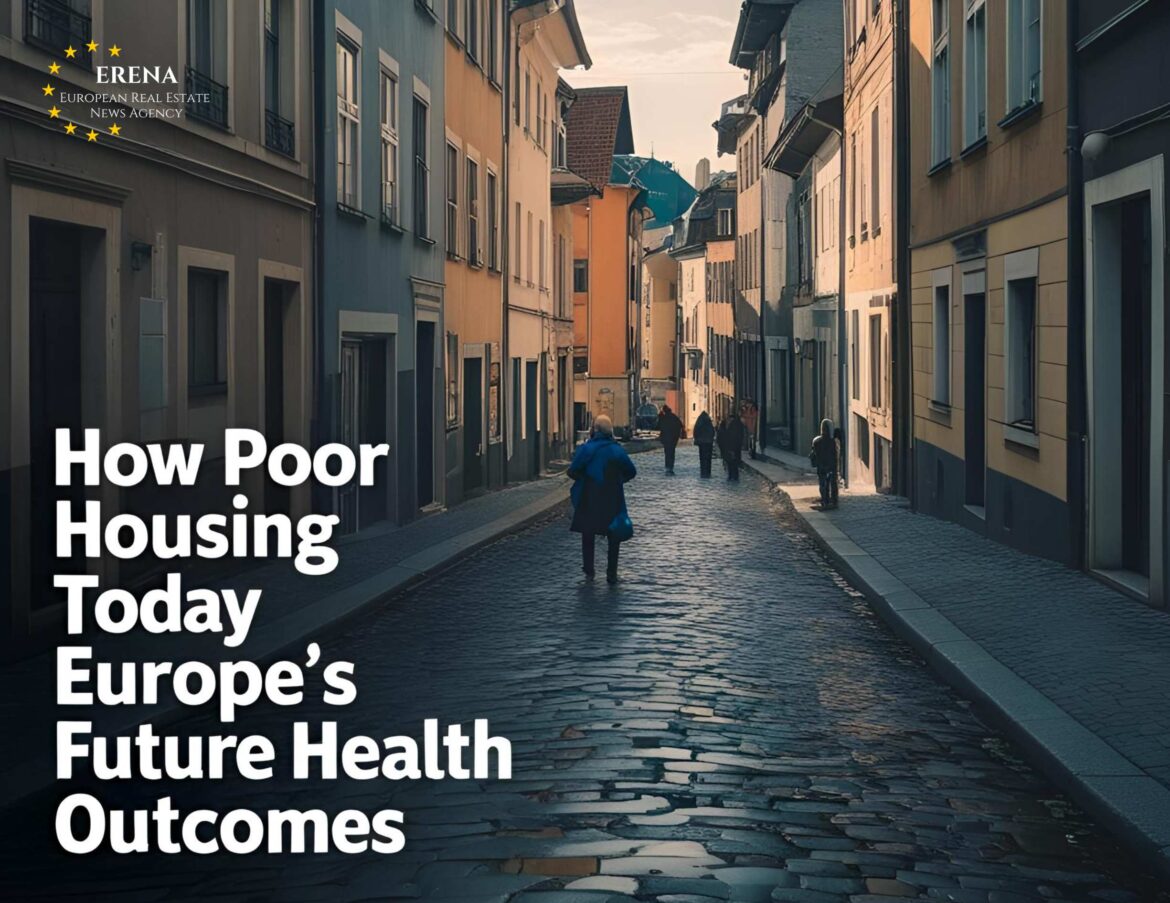A major 2024 study published in Pediatrics reveals that childhood housing insecurity is strongly linked to poorer health outcomes later in life. Researchers tracked nearly 5,000 European children from infancy to adolescence, finding that even short periods of housing instability increased risks of anxiety, depression, and physical health problems at age 15. Adolescents exposed to moderate instability were 19% less likely to report excellent health, while those with repeated insecurity were 33% less likely. The study calls for urgent policy and public health interventions to address the issue early.
Rising Housing Insecurity Across Europe
Housing insecurity is becoming widespread across Europe, fueled by surging rents, limited supply, and economic pressures. Around 400,000 minors across the EU and UK are currently homeless or living in emergency accommodations. Millions more face overcrowded, cold, or damp living conditions. In 2023, 14.5 million European children lived in homes with structural problems like mold or leaks. The cost burden is heavy: about 1 in 11 Europeans now spend over 40% of their income on housing, with even higher rates in countries like Greece.
Health Impacts: From Respiratory Illnesses to Mental Strain
Children in unstable or unhealthy homes are at much greater risk of physical and mental health problems. Damp and mold exposure triples the risk of respiratory diseases like asthma. Cold homes contribute to hypothermia cases and worsen chronic illnesses. Poor housing also correlates with school absenteeism, developmental delays, and increased mental health challenges such as anxiety and depression. Experts stress that toxic stress from insecure housing acts as a “silent threat” to children’s future well-being.
Economic and Social Costs
The societal price of poor childhood housing is massive. In the UK, housing-related child illnesses cost the NHS millions annually. Across Europe, estimates suggest that eliminating damp and mold in homes could generate €58 billion in economic benefits over 40 years. Preventing these illnesses would reduce healthcare spending, improve educational outcomes, and support stronger future workforces. Programs like the EU Child Guarantee seek to address housing as a critical right, but action still lags behind need.
Solutions: A Focus on Prevention and Investment
Experts call for housing security to be recognized as a basic pillar of child health. Proposed solutions include early screening for housing risks in pediatric care, major investment in affordable housing, stronger tenant protections, and integration of housing improvements with healthcare and social services. Finland’s Housing First model offers a successful example: by prioritizing stable homes before all else, it has nearly ended family homelessness. Similar ambitious strategies are needed across Europe to ensure all children have the stable foundation they deserve.
Conclusion
Stable housing is not just a social issue; it is a fundamental health need for children. As Europe confronts ongoing housing challenges, investing in secure, healthy homes for families will be crucial for protecting the next generation’s health, education, and potential.

